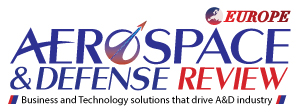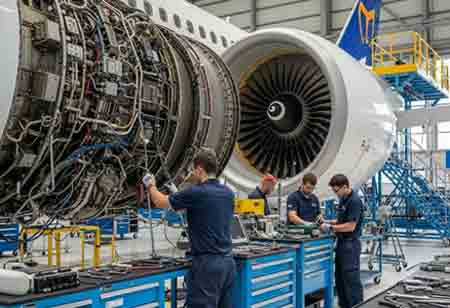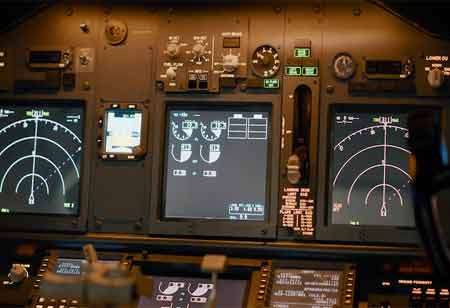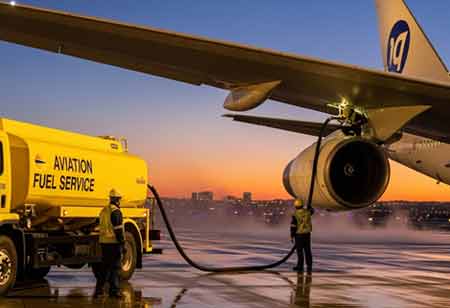Safety, reliability, and operational continuity cannot be compromised in the aviation industry, which operates today in one of the most demanding and regulated environments. Maintenance, repair, and overhaul (MRO) services are essential to uphold these standards, as they help keep an aircraft airworthy, efficient, and compliant during the entire lifecycle. As fleets have become increasingly complex and technology has integrated more with aircraft systems, MRO services represent much more than maintenance. MRO is now a critical factor influencing each airline's performance across the board- from cost management to passenger satisfaction.
MRO operations are being redefined due to modern aircraft. MRO embraces proactive planning, predictive diagnostics, and strategic lifecycle management, allowing aircraft operators to minimize downtime while enhancing fleet availability and long-term asset value. This assisted in creating an extra agile, intelligent, and aligned service landscape. Aviation MRO functions through various disciplines, from line and base maintenance to engine overhaul, component overhaul, and technical support.
Line maintenance means carry-on maintenance checks and minor repairs, while base maintenance means complete inspections or structural work. These services are done at specialized facilities with trained personnel who meet exacting certification and regulatory standards. The aim is to ensure that every flight is conducted within stringent safety and efficiency constraints.
Moving Technology Integration and Predictive Capabilities
Digital technology integration for MRO operations has transformed the idea of maintenance for aircraft in the aircraft industry. The introduction of predictive maintenance systems to monitor the health of the aircraft via real-time sensor data and predict component failures before they occur is one of the most extreme changes. These systems allow maintenance to resolve potential issues during planning service windows instead of responding to in-service problems. This approach enables more effective scheduling, leading to reductions in unscheduled downtime and improved reliability across the fleet. This also allows for better inventory management, whereby spare parts and materials can be ordered based on predicted needs instead of a comprehensive estimation.
Technological advancement has also reconfigured aviation maintenance in terms of facility documentation and compliance. Electronic logbooks, maintenance management software, and digital tracking systems enable technicians and managers to capture actions with ease and efficiency accurately. These platforms facilitate regulatory reporting and audits, lessening the administration burden and enhancing transparency.
While aviation authorities around the globe continue with the digital-first approach, MRO providers continue to realign their systems to synchronize with changing compliance expectations. Maintenance procedures across the board also find ways of using augmented reality and remote assistance to bring technicians and experts rapidly up to standard, thereby ensuring efficiency and knowledge sharing across geographical and organizational boundaries.
MRO Services Workforces and Training Adaptation
With the MRO sector constantly evolving, so must workforce skills and training. Increasingly, these are mired in technology; thus, traditional mechanical competencies should be complemented by digital literacy and sound data interpretation skills. Maintenance personnel are expected to navigate software interfaces, comprehend diagnostics generated by onboard systems, and interpret performance metrics to drive repair decisions.
MRO training must adapt to changing requirements in aircraft design, such as composite materials and new technologies. MRO personnel need to be aware of these procedures and have access to applicable tooling. Any changing demands of service and maintenance valid for regulatory purposes may rely on certification programs and lifelong learning.
MRO life cycles generate team flow, so communication and coordination become critical for MRO operations. Maintenance must be carried out alongside flight operations, logistics, and engineering disturbances for smooth scheduling and quick resolution of issues. Industry relevance in reducing turnaround time and maximizing aircraft usage has led to the installation of complex workflow management as one core competency within MRO workforces.
Sustainability and Long-Term Operational Planning
Environmental parameters increasingly dictate the direction aviation maintenance takes. MRO services are designed not just to optimize performance but also to support a broader sustainability agenda. For instance, efficient engine maintenance results in less fuel burn and emissions; recycling and reusing components using certified repair processes minimizes material waste while maximizing aircraft part usage. Such practices align with the industry goals of reducing environmental impact while ensuring adherence to operational standards.
Strategic planning is essential for aging fleet management and introducing new aircraft types. Maintenance requirements are heavier on older aircraft, requiring organizations to weigh the cost of their upkeep against reliability and performance testing advantages. In this regard, MRO providers significantly help operators make informed decisions regarding fleet modernization, asset retirement, and parts provisioning. Thus, by supporting these long-term strategies, MRO services cement their place as partners indispensable to aviation operations.









